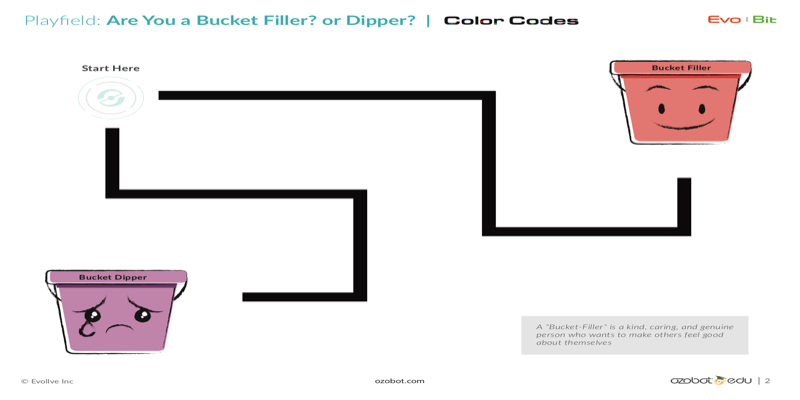There is a new phrase gaining steam (see what we did there?) in the educator community: social and emotional learning (SEL). SEL is the process through which children and adults understand and manage emotions, set and achieve positive goals, feel and show empathy for others, establish and maintain positive relationships, and make responsible decisions.
Although these strategies are mainly taught in the classroom, parents should start some of these practices at home, too. According to the Committee For Children, extensive research shows a positive correlation between the skills taught throughout social-emotional learning programs and positive behavior, academic achievement, and healthier life choices. Skills like self-esteem, self-efficacy, and sociability consistently affect outcomes like college completion, job attainment, health, and civic engagement.
How Educators Can Teach SEL In the Classroom
There are many ways that SEL can be incorporated into the classroom. In fact, many schools are now utilizing the RULER approach in their curriculum. Developed at the Yale Center for Emotional Intelligence, RULER applies “hard science” to the teaching of what have historically been called “soft skills.” RULER teaches the skills of emotional intelligence—those associated with recognizing, understanding, labeling, expressing, and regulating emotion. Decades of research show that these skills are essential to effective teaching and learning, sound decision making, physical and mental health, and success in school and beyond.
Emelina Minero, for Edutopia, outlines some activities that teachers have found to be beneficial in regards to SEL during class time.
These include:
- Visualization to release stress
- Name the emotion you’re bringing to class
- Write down, rip up, and throw away your stress
- Starting positive
- Circle sharing
- And more
How Parents Can Teach SEL At Home
As important as it is for children to learn SEL at school, it is also important for parents to teach SEL strategies at home. Along with the benefits of learning social-emotional skills mentioned above, another big one is that it could increase safety.
“Bullying thrives in situations where bystanders (those who know about and witness bullying) don’t stand up for those who are being bullied or don’t report the bullying. Students who are bystanders to bullying can use social-emotional skills, such as assertiveness, to stand up to and report bullying when they see it,” writes Kim Gulbrandson of The Committee For Children.
“Safety skills, confidence skills for identifying one’s own feelings (for example, recognizing when something someone says does not feel ‘right’), and assertiveness skills such as refusing and reporting can make the difference in a potential child abuse situation because they build capacity to recognize a situation is not okay, to say ‘no and to report it.”
So, how can parents incorporate SEL strategies at home?
Edutopia gives a few tips, such as:
- Being a good listener
- Modeling the behavior you seek
- Nurturing your child’s self-esteem
- Respecting differences
Starting simple, such as asking how your child thinks a character feels while reading a story, can be a great place to begin!
Teach SEL With A New Ozobot Lesson!
Social-Emotional Learning is definitely something we support here at Ozobot. Emotional intelligence is a future-ready skill that young learners will need to succeed in today’s workforce and in society in general.
We’ve created a brand new lesson, based on a popular activity incorporated in classrooms all over the nation. This lesson will teach students positive behaviors that will make them a “bucket filler” and also negative behaviors that could cause them to be a “bucket dipper.”
Check it out, here and share your photos and videos of your young learners completing it for a chance to be featured in upcoming posts!









